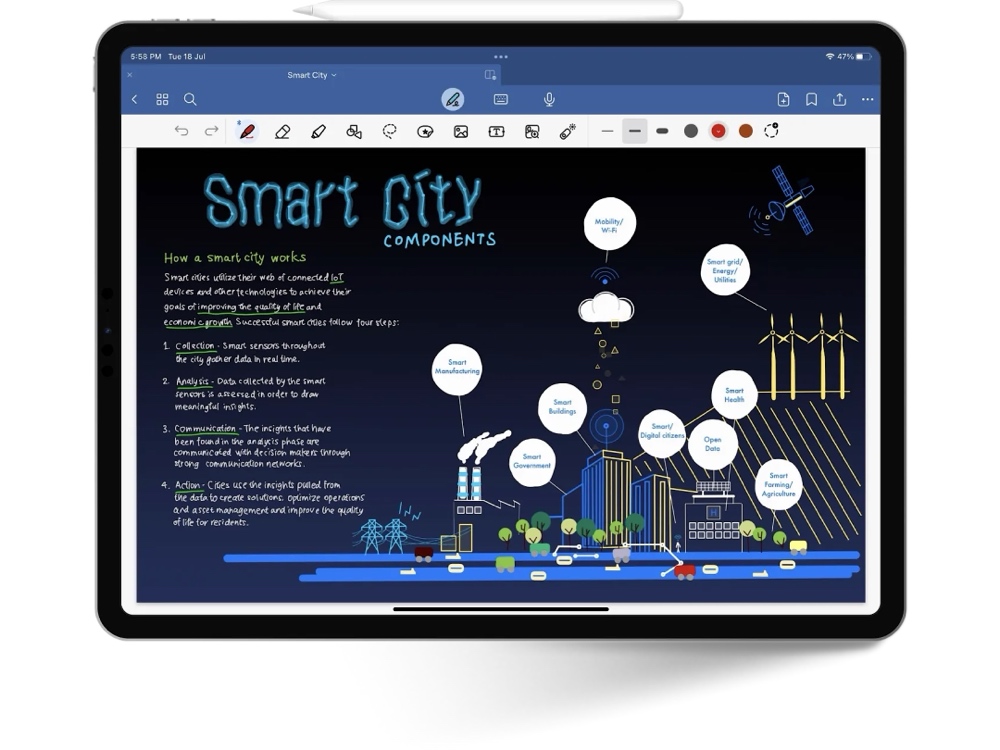The Economic Growth of the Tennessee Valley: A Southern Success Story

Once primarily known for its lush landscapes, agricultural roots, and the mighty Tennessee River, the Tennessee Valley has transformed into one of the most dynamic and economically diverse regions in the American South. Spanning parts of Alabama, Tennessee, Mississippi, and beyond, this area has emerged as a powerful economic engine thanks to decades of strategic investment, innovation, and community development.
This article explores the economic rise of the Tennessee Valley, examining the industries driving growth, the role of public and private partnerships, and why this region is now a model of modern Southern prosperity.
A Rich History of Transformation
The economic foundation of the Tennessee Valley can be traced back to the 1930s, when the federal government created the Tennessee Valley Authority (TVA). The TVA was established during the Great Depression to address issues such as flooding, electricity generation, and economic development. Its creation marked a turning point, bringing power and jobs to a largely rural and impoverished region.
The TVA’s network of dams and hydroelectric plants didn’t just provide electricity—it laid the groundwork for industrialization and population growth. Over time, this public investment catalyzed private sector interest, sparking a long-lasting transformation in the Valley’s economic profile.
Diversification of Industry
Today, the Tennessee Valley boasts a well-diversified economy supported by a variety of industries:
1. Manufacturing and Automotive
Manufacturing remains a cornerstone of the region’s economy. Global automotive giants such as Toyota, Mazda, and Mercedes-Benz have built massive plants in cities like Huntsville, AL, and Blue Springs, MS. These facilities have brought thousands of direct jobs and even more through supply chain partners and contractors.
The presence of these manufacturers has led to the development of industrial parks, logistics hubs, and training programs, making the Tennessee Valley a competitive player in the global manufacturing landscape.
2. Technology and Innovation
Huntsville, often referred to as the “Rocket City,” is home to NASA’s Marshall Space Flight Center and the U.S. Army’s Redstone Arsenal. This has positioned the Tennessee Valley, particularly Northern Alabama, as a hub for aerospace, defense, cybersecurity, and advanced engineering.
The area is also experiencing a boom in tech startups and private-sector innovation, driven by a growing talent pool and strong collaboration between local governments, universities, and businesses.
3. Healthcare and Biotechnology
Cities such as Chattanooga and Knoxville are seeing growth in healthcare and biotech sectors. Medical research facilities, hospitals, and tech incubators are helping to modernize the Valley’s workforce while delivering improved services and attracting top talent.
Infrastructure and Workforce Development
A key to the Tennessee Valley’s sustained growth is its commitment to infrastructure and workforce readiness. The region benefits from:
-
Robust transportation networks, including interstate highways, railways, and proximity to major ports.
-
High-speed internet and utility reliability, thanks in part to continued investment by the TVA and local municipalities.
-
Skilled labor pipelines, developed through partnerships with local community colleges, technical schools, and universities.
These factors make the region attractive not only to multinational corporations but also to small businesses and entrepreneurs seeking a supportive and resource-rich environment.
A Magnet for Business Relocation
The Tennessee Valley has become a destination for businesses looking to relocate or expand operations. Favorable tax policies, access to skilled labor, lower cost of living, and high quality of life are major incentives.
In recent years, economic development agencies in the Valley have successfully recruited companies in logistics, food production, advanced materials, and e-commerce fulfillment. These efforts have helped diversify the economy even further and cushion the region from sector-specific downturns.
Real Estate and Population Growth
As economic opportunities expand, so does the population. The Tennessee Valley is experiencing a real estate boom, with both residential and commercial developments on the rise.
Young professionals, retirees, and families are all drawn to the region for its affordability, scenic beauty, and growing amenities. Cities like Madison, AL; Decatur, AL; and Cleveland, TN are among those seeing significant population increases.
This influx has led to a rise in retail development, healthcare expansion, and enhanced public services—all of which contribute to the upward economic trajectory of the region.
Environmental and Energy Leadership
The Tennessee Valley is also gaining recognition for its commitment to sustainability and energy innovation. The TVA has continued to modernize its energy portfolio, investing in:
-
Renewable energy, including solar and wind
-
Grid modernization and smart energy systems
-
Energy efficiency programs for businesses and residents
This forward-thinking approach has made the region not only more resilient but also more attractive to environmentally conscious businesses and investors.
Looking Ahead: The Future of the Tennessee Valley
As the Tennessee Valley continues to evolve, it remains focused on long-term growth strategies:
-
Investing in education and innovation, especially in STEM fields
-
Supporting small businesses and local entrepreneurship
-
Expanding broadband access to rural communities
-
Fostering regional cooperation between cities and states
By maintaining this momentum, the Valley is well-positioned to compete not just in the South, but on a national and even global scale.
Conclusion
The economic growth of the Tennessee Valley is more than just a regional success—it’s a shining example of how strategic investment, public-private partnerships, and community resilience can transform a historically underdeveloped area into a thriving economic powerhouse.








































































































![Building A Digital PR Strategy: 10 Essential Steps for Beginners [With Examples]](https://buzzsumo.com/wp-content/uploads/2023/09/Building-A-Digital-PR-Strategy-10-Essential-Steps-for-Beginners-With-Examples-bblog-masthead.jpg)














































